
Fahim investigates various potentially transformative approaches to realize powerful free-electron lasers based on ultrahigh 5- and 6-D brightness electron beams. Enabled by the Trojan Horse underdense plasma photocathode wakefield acceleration approach, which allows to generate widely tunable designer electron beams e.g. with electron brightness much higher than state-of-the-art, these free-electron lasers may be realized with dramatically reduced spatial footprints and at the same time may reach a performance much better then state-of-the art in current or upcoming x-ray free-electron lasers.
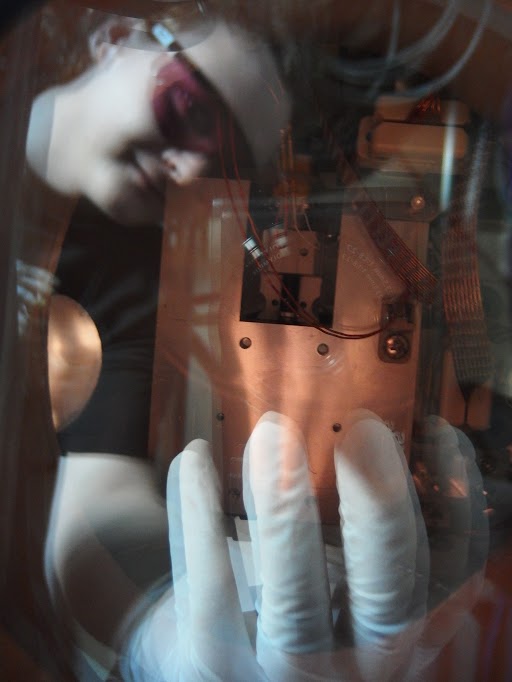
In collaboration with DESY and University of Hamburg, Thomas explores external injection into laser-driven wakefields, matching and plamsa lensing, and hybrid laser-plasma-accelerators. He has been a key member of the Trojan Horse E210 PWFA collaboration and breakthrough experimental campaigns at SLAC FACET. The techniques developed at FACET combined with an outstanding skillset both in experiments and theory and computation allow him to engage in a wide range of projects and to combine the best of many worlds into future advanced accelerator designs.
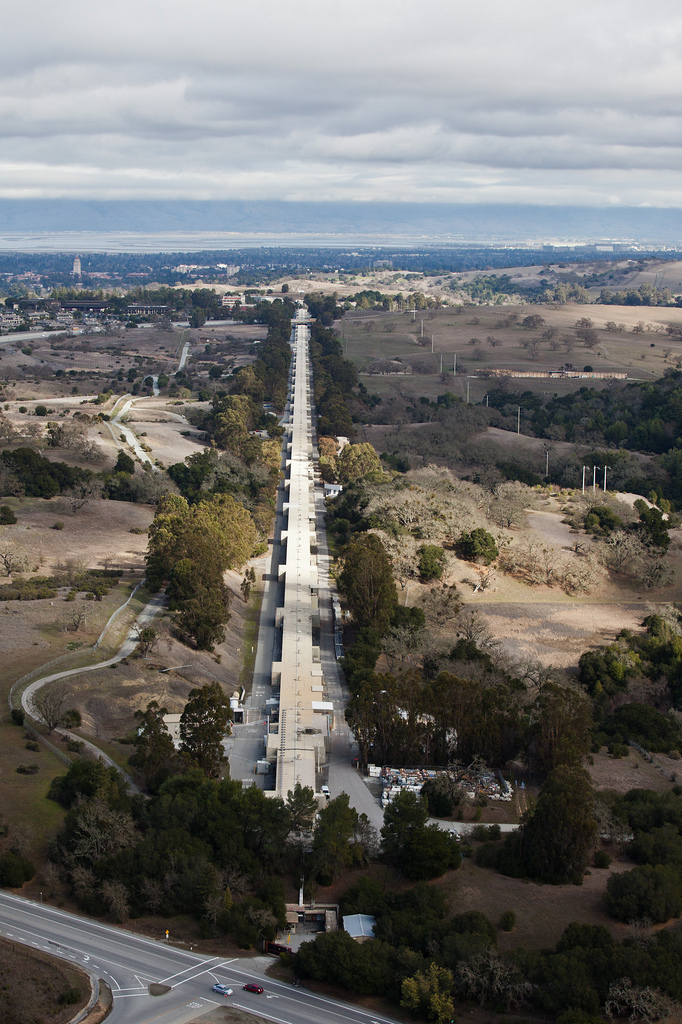
Andrew is doing his PhD in collaboration with the team at FACET, the Facility for Advanced Accelerator Experimental Tests at the Stanford Linear Accelerator Center SLAC. FACET is the pioneering and world-leading facility for beam-driven plasma wakefield acceleration (PWFA). FACET hosted the E-210 "Trojan Horse PWFA" experiment, and international collaboration which was concluded successfully with breakthrough results in 2016. Andrew engages in preparing next steps for FACET-II and in particular on emittance brightness measurements.

Daniel, in collaboration with Central Laser Facility, aims at developing use of plasma accelerators for Radiation Hardness Assurance (RHA). Space radiation, for example, is broadband and this is the inherent regime of plasma accelerators. This is a unique path to exactly reproduce the space environment in the laboratory and exploit it for testing of electronic components e.g. for satellites. In a second, connected activity, Daniel develops ultrashort probes for laser and electron beam driven plasma wakefield acceleration. This is crucial to diagnose blowout and bubble dynamics.
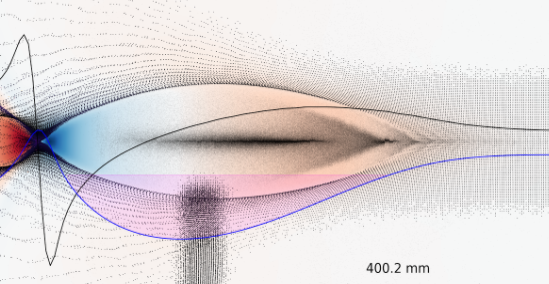
This studentship, in collaboration with NPL, is aiming on the replication of space "killer" electrons, protons and ions via LWFA and single bunch PWFA (head/tail deceleration/acceleration). Primary approaches centre on Earth radiation belt "killer" electrons and electrons in radiation belts of other planets such as Jupiter, which is a focus of current space agency (ESA, NASA) roadmaps. After successful seed experiments, the next step is the exploiting these man-made space radiation beams for testing of space electronics e.g. on board of telecommunication or GPS/Galileo satellites -- GPS satellites are located in the inner radiation belt, where "killer" electron flux is particularly strong.

Panos has a background in medical physics. He investigates the use of plasma accelerators for space radiobiology R\&D, and the use of plasma acceleration for medical radiation therapy. Radiation is a known issue for human space travel, and the exact reproduction of space radiation is crucial for manned spaceflight missions and space stations, and to develop countermeasures. While typical particle-based radiation therapy requires mononergetic beams e.g. to target tumors inside the human body, the production of broadband beams is what is required to mimic the space environment. Suitable broadband, exponential beams are hardly accessible with linacs or cyclotrons, whereas it is the natural capability of plasma accelerators.
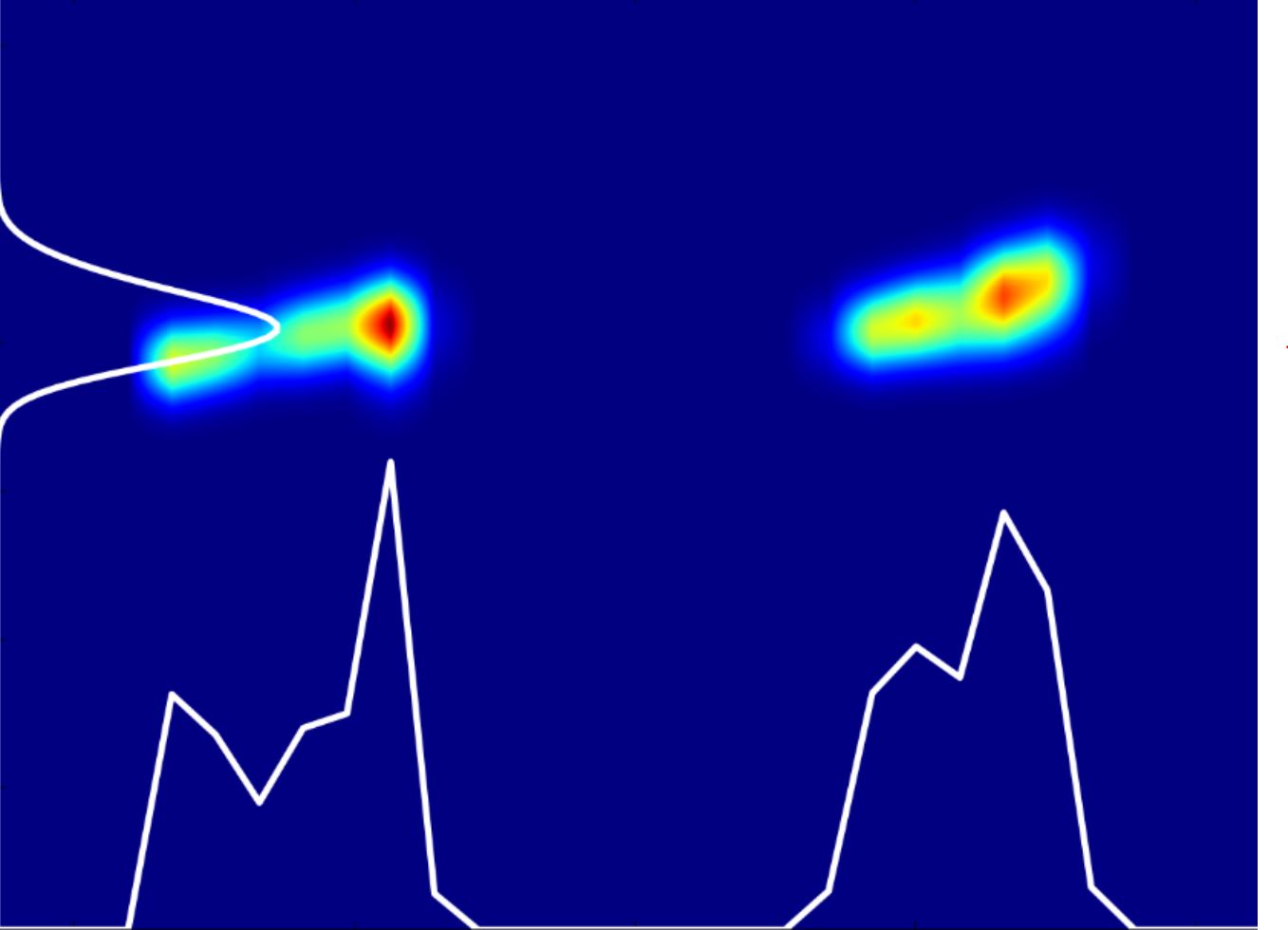
The generation of intense, monoenergetic light sources in the x-ray to gamma-ray range is the focus of Paul's PhD. Paul is using the Trojan Horse technique to power advanced plasma stages which then are used to produce ultralow emittance electron beams which can be used to produce monoenergetic, intense x-ray and gamma-ray beams e.g. for nuclear physics. The ability of the technique to produce tunable, multiple beams allows to develop tunable pump-probe and multi-colour light sources, and to diagnose plamsa-acceleration dynamics and extreme electron beams.
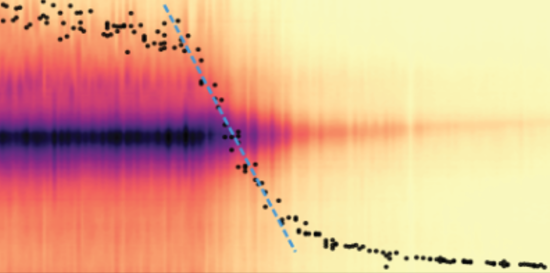
Reem, an external PhD student from Princess Nourah University in Riyadh, is developing plasma acceleration theory and simulations. The goal is the development of compact plasma accelerators which could be realised in the Middle East without having a large accelerator infrastruture. She aims at designing electron beams with unprecedented emittance and brightness in order to power free-electron lasers.
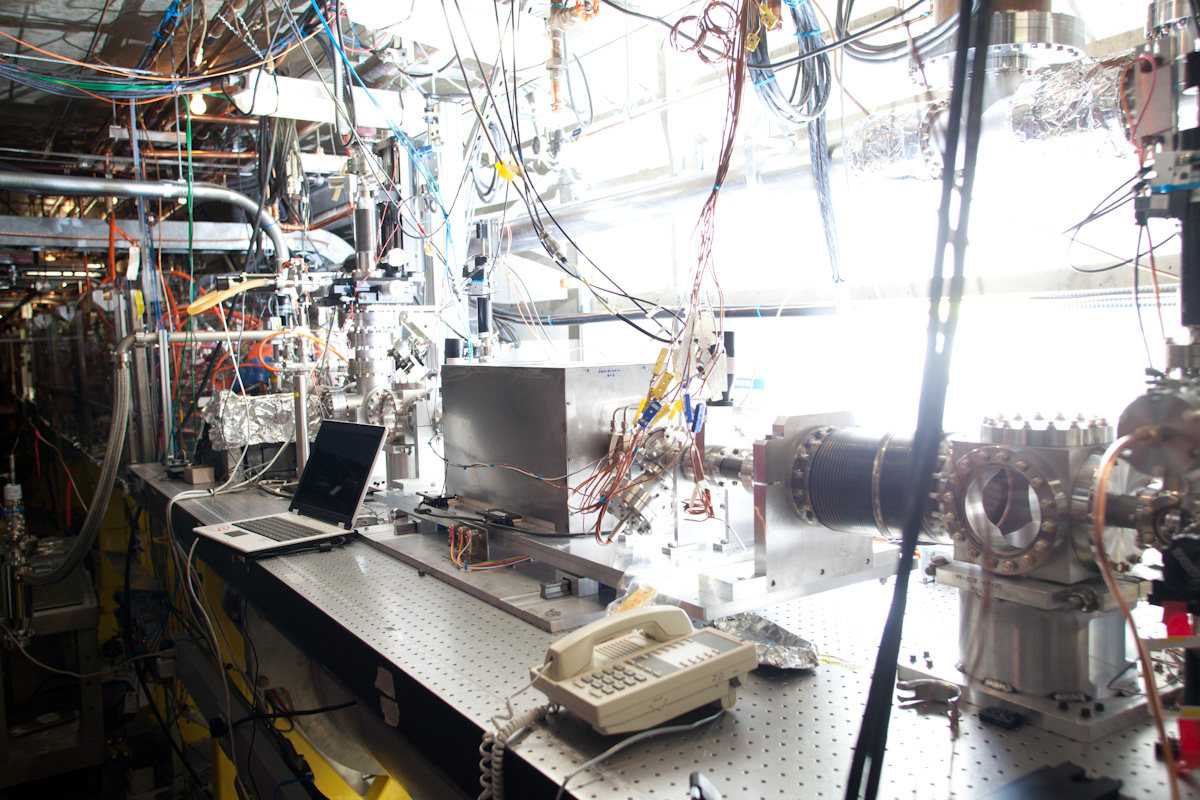
Our PhD students take pride in being part of an international learning and working environment, which promotes networking and scientific independence and leadership building.
ADDRESS
16 Richmond Street
Glasgow G1 1XQ UK
CONTACTS
Email: bernhard.hidding strath.ac.uk
Phone: +44 (141) 548 4994